Converting standard polyester into medical-grade webbing requires specialized manufacturing expertise and rigorous quality control processes. With over 15 years of experience in developing medical webbing solutions, our engineering team has refined a comprehensive conversion process that ensures compliance with healthcare industry standards while optimizing material
Converting polyester into medical webbing involves a precise 7-step process: specialized fiber selection, high-density weaving, precision tensioning, antimicrobial treatment, application-specific coating, stringent quality testing to ASTM standards, and documented batch certification. This systematic approach ensures the resulting webbing maintains both the inherent durability of polyester while adding the specific performance characteristics required for medical applications, including biocompatibility, sterilization resistance, and consistent dimensional stability.
Explore key conversion steps, performance metrics, and custom options for medical webbing. Expert guidance tailored to your product requirements.
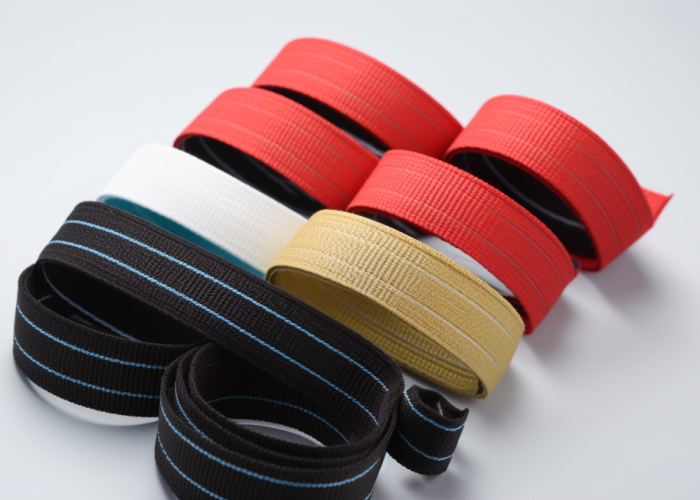

Webbing manufacturing expert with 15+ years of experience helping product developers build high-performance straps for industrial, medical, and outdoor use.
A high-tenacity polyester weave with dense fiber alignment, excellent tensile strength, and dimensional stability makes it ideal for medical webbing applications, with all materials tested to ISO 10993 biocompatibility standards. These properties ensure medical-grade polyester can withstand the rigorous demands of healthcare environments while maintaining consistent performance through repeated use and sterilization.
Key Benefits at a Glance:
Medical-grade polyester provides remarkable tension tolerance, maintaining structural integrity even when subjected to significant stress. This makes it ideal for load-bearing medical applications such as patient transfer systems, surgical positioning straps, and rehabilitation equipment, where consistent performance directly impacts patient safety.
For applications requiring specialized performance, custom fiber selection is available through an engineering consultation process. In a documented case study (available upon request), engineers successfully reduced webbing thickness by 30% while increasing tensile strength for an orthopedic brace application, demonstrating how material engineering can solve specific medical device design challenges. This collaborative approach allows product developers to optimize for specific requirements like increased elasticity, enhanced abrasion resistance, or specialized texture profiles.
Comprehensive material analysis comparing various polyester grades against exact specifications enables informed decision-making, balancing tensile strength, flexibility, biocompatibility, and cost-effectiveness for specific healthcare applications.
Plain, twill, satin, jacquard, and tubular weaves each offer distinct performance advantages for medical applications, with specialized weaving techniques that exceed standard textile production. The weaving method directly impacts critical properties including tensile strength, edge stability, flexibility, and surface characteristics – all essential factors in medical device performance.
Key Weaving Options at a Glance:
Plain weave construction creates a balanced structure that distributes load evenly, making it suitable for rehabilitation equipment and positioning straps where consistent flexibility and dimensional stability are essential.
Twill weave patterns provide superior abrasion resistance through diagonal reinforcement structure, ideal for orthopedic braces and mobility support equipment that face repeated friction against surfaces.
For patient comfort applications, satin weave creates exceptionally smooth surfaces that reduce skin abrasion by up to 60% compared to standard plain weave while maintaining necessary structural integrity within the internal weave.
Jacquard weaving enables engineering of functional zones within a single continuous webbing, eliminating connection points and potential failure modes in complex medical devices requiring different performance characteristics along the same component.
Precision manufacturing control ensures dimensional tolerances of ±0.01mm, critical for medical devices where exact specifications directly impact functionality and patient outcomes. Each production lot undergoes comprehensive verification testing with full documentation for regulatory submission.
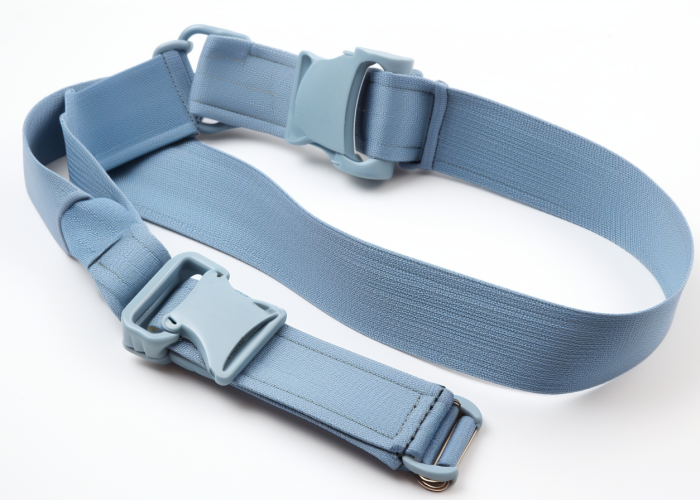
PU, PVC, and EVA formulations along with antimicrobial and water-repellent treatments transform standard polyester into application-specific medical materials, enhancing biocompatibility, preventing microbial colonization, and optimizing functionality. These treatments maintain core mechanical properties while adding critical performance characteristics for healthcare environments.
Key Surface Treatments at a Glance:
Water repellent treatments create moisture barriers that prevent fluid absorption while maintaining vapor transmission rates of 800-1200 g/m²/24h, ideal for applications requiring a dry interface with heat and moisture dissipation.
Antimicrobial technologies incorporate silver ion or quaternary ammonium compounds chemically bonded to the polyester structure, demonstrating >99.9% efficacy against MRSA and C. difficile through repeated cleaning and disinfection cycles.
Specialized coatings protect against common hospital disinfectants, with testing confirming resistance through 1,000+ wipe-down cycles while maintaining both mechanical properties and surface characteristics throughout the product lifecycle.
Surface modifications can be engineered for specific tactile requirements, from high-friction surfaces preventing slippage in positioning straps to ultra-smooth finishes minimizing tissue trauma during patient transfers.
All treatments undergo accelerated aging protocols simulating years of clinical use, verifying both integrity and continued effectiveness to support product lifecycle estimations and regulatory submissions.
Flame-retardant treatments achieving Class I flammability ratings (ASTM E84) with flame spread index <25 ensure medical polyester webbing meets stringent healthcare facility requirements while maintaining biocompatibility and mechanical performance. These specialized treatments create inherent fire resistance without compromising the material characteristics essential for medical applications.
Key Fire Safety Features at a Glance:
Flame retardant impregnation incorporates fire-resistant compounds into the fiber structure rather than merely coating the surface, ensuring properties remain effective throughout the product lifecycle, even with repeated cleaning.
Advanced FR systems achieve Class I flammability ratings (ASTM E84), with flame spread indices under 25 and smoke developed indices below 100 – particularly important in operating theaters and oxygen-enriched environments.
Testing confirms properly engineered FR treatments maintain >90% of original tensile strength and flexibility, ensuring the webbing still performs its intended function while providing enhanced safety through precise chemical formulation.
Non-halogenated phosphorus-based flame retardant options provide equivalent fire protection while meeting stringent environmental standards, with both systems validated for biocompatibility according to ISO 10993-10.
Complete documentation packages with verification testing results support regulatory submissions and demonstrate compliance with healthcare facility requirements for fire safety in medical devices.
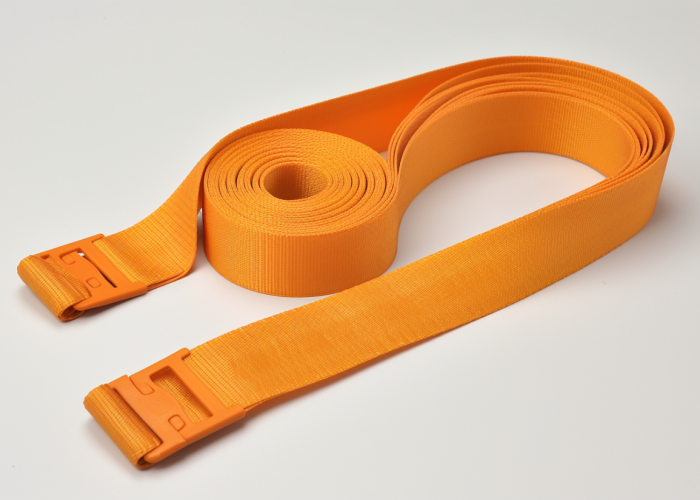
Statistical process control (Cpk >1.33), 100% inline inspection, and batch-specific testing protocols provide comprehensive quality assurance that exceeds standard textile industry practices, ensuring consistent compliance with critical medical specifications. These rigorous measures provide documented verification of material performance for medical device regulatory requirements.
Key Quality Control Elements at a Glance:
Inspection combines automated vision systems with trained quality technicians to detect weave inconsistencies, contamination, color variations, and dimensional deviations, following ANSI/ASQ Z1.4 sampling plans with tightened inspection levels for critical applications.
Each production lot undergoes mechanical testing per ASTM standards, with tensile testing confirming breaking strength and elongation properties, while cyclic loading evaluates fatigue resistance for inclusion in device master files.
Material uniformity verification includes spectrophotometric color measurement (ΔE <1.0) for accurate identification in color-coded medical systems, and dimensional stability testing before and after sterilization.
The quality system operates within an ISO 13485-certified framework with validated processes, documented procedures, and regular internal and external audits verifying compliance with both quality system requirements and customer specifications.
Complete documentation packages maintained for each production lot support traceability throughout the supply chain and provide verification evidence required for medical device regulatory submissions across global markets.
Tensile testing, cyclic loading (100,000+ repetitions), accelerated aging, and environmental resistance testing that simulates real-world clinical conditions provide comprehensive verification of medical webbing durability. These testing protocols deliver documented evidence of material suitability for specific medical applications.
Key Performance Verification Methods at a Glance:
Mechanical testing evaluates tensile strength, elongation, and recovery characteristics following ASTM D6775 and ISO 13934, with medical-grade webbing demonstrating minimum 50% extension while maintaining structural integrity.
Cyclic loading tests simulate real-world conditions at frequencies matching typical usage patterns, with high-quality medical webbing maintaining >90% of original properties after 100,000+ cycles for reliable long-term performance.
Environmental testing confirms stability from -30°C to +70°C, evaluating mechanical properties at temperature extremes and after thermal cycling, while humidity resistance testing verifies dimensional stability in high-moisture environments.
Chemical compatibility testing evaluates resistance to hospital disinfectants including quaternary ammonium compounds, hydrogen peroxide, and alcohol-based solutions at manufacturers’ recommended concentrations and contact times.
Comprehensive test reports provide quantitative data supporting design validation and regulatory submissions, including detailed methods, acceptance criteria, and statistical analysis for demonstrating material suitability.
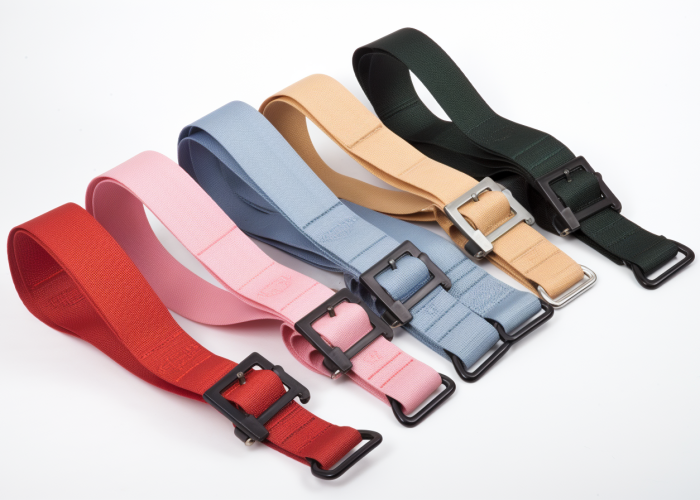
Unique lot identification codes, raw material certificates, and electronic documentation systems with 7-year minimum retention provide comprehensive traceability from raw material to finished product throughout the medical webbing lifecycle. These systems support regulatory compliance and enable rapid response to any quality concerns.
Key Traceability Elements at a Glance:
Batch tracking assigns unique identification codes to each production lot, maintained throughout manufacturing, finishing, and distribution for tracking specific material batches to end products and efficient management of quality concerns.
Documentation exceeds standard textile industry practices, with comprehensive records including raw material certificates, quality checks, manufacturing parameters, testing results, and final inspection data for regulatory submissions.
Electronic systems with appropriate access controls maintain records for a minimum of seven years, supporting both compliance requirements and investigation capabilities for any field concerns during product use.
Change control processes document modifications to materials, manufacturing processes, or quality requirements, ensuring proper evaluation, validation, and customer notification for regulatory compliance throughout the product lifecycle.
Traceability documentation packages support regulatory submissions with material specifications, manufacturing records, testing results, and compliance certificates linked to specific material lots through the identification system.
Material selection guidance, custom weave pattern development, and application-specific testing protocols during the design phase can significantly enhance medical webbing performance while reducing overall component costs. This collaborative engineering approach often identifies opportunities for improvement that might be overlooked without specialized textile expertise.
Key Engineering Support Services at a Glance:
The consultation process begins with comprehensive analysis of mechanical performance needs, environmental conditions, patient contact considerations, and regulatory requirements to establish the foundation for material and process recommendations.
Performance optimization has delivered documented improvements including 30% weight reduction, 25% increased tensile strength, and 40% greater flexibility in specific applications while maintaining safety factors and reducing component costs.
Collaborative problem-solving brings together textile engineering and medical device design expertise to address complex challenges with competing requirements such as strength vs. flexibility or chemical resistance alongside biocompatibility.
Material selection leverages extensive knowledge of fiber properties, weave structures, and surface treatments to navigate trade-offs between strength, flexibility, durability, and cost-effectiveness for precisely tailored solutions.
Comprehensive testing protocols validate design decisions through both standardized ASTM/ISO methods and custom evaluations simulating real-world conditions, providing confidence in performance and documentation for regulatory submissions.
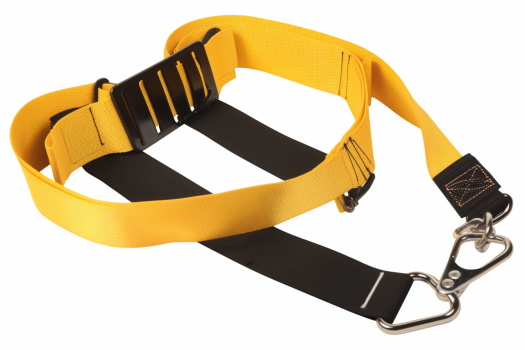
Converting polyester into medical-grade webbing requires specialized manufacturing expertise, from high-tenacity fiber selection to precision weaving and surface treatments that ensure biocompatibility, durability, and safety compliance. Our engineering team provides comprehensive support throughout the development process, optimizing material performance while meeting regulatory requirements. Contact us to explore manufacturing solutions tailored to your medical webbing requirements.
ISO 10993 biocompatibility testing is essential, along with flammability certification to NFPA 701 or ASTM E84 Class I standards. Documentation should include material certification, lot traceability, and test reports verifying tensile strength, elongation properties, and chemical resistance for inclusion in FDA 510(k) or EU MDR technical files.
Yes, medical-grade polyester webbing can withstand multiple sterilization methods including EtO, gamma irradiation up to 25 kGy, and steam autoclave cycles at 134°C. Performance testing shows <5% change in tensile properties after standard sterilization protocols, making it suitable for reusable medical devices requiring repeated processing.
Standard samples can be produced within 2-3 weeks, with custom development samples requiring 4-6 weeks depending on complexity. Full production lead times typically range from 6-8 weeks after approval, with expedited options available for urgent requirements. Our capacity allows scaling from prototype quantities to full production volumes exceeding 100,000 meters monthly.
Properly engineered antimicrobial treatments remain effective for 3-5 years under normal clinical use conditions. Testing shows >99% efficacy against common pathogens after 100+ cleaning cycles with hospital disinfectants. Accelerated aging studies validate performance throughout the expected product lifecycle, with documentation available for regulatory submissions.
Polyester’s primary limitations include reduced elasticity compared to elastic webbing and potential for moisture absorption in prolonged wet environments. We address these challenges through specialized weave patterns for controlled stretch properties, hydrophobic treatments for moisture resistance, and hybrid constructions incorporating elastomeric components when applications require dynamic performance.
Medical-grade polyester webbing undergoes additional processing including higher fiber density weaving, biocompatibility testing per ISO 10993 standards, and specialized surface treatments. It features documented traceability, validated cleaning compatibility, and undergoes rigorous performance testing to ensure consistent quality for healthcare applications.